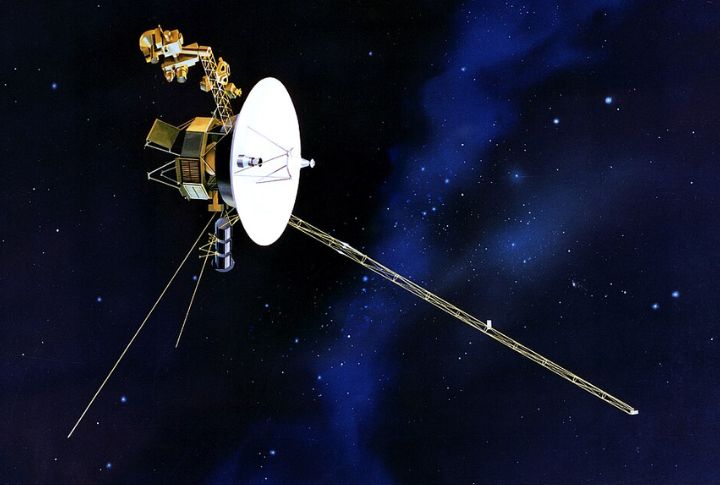
Voyager 1 has been moving through space far beyond the planets for many years. When it stopped sending clear signals, NASA was unsure if it could be fixed. But recently, a faint signal gave them hope. Here’s all you need to know about the spacecraft and its comeback.
Voyager 1 Leaving The Earth
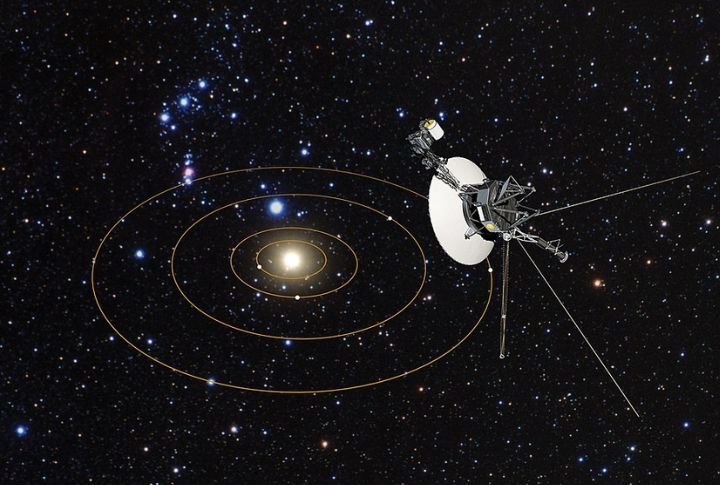
NASA launched Voyager 1 in 1977 to study the outer planets and space beyond them. After passing Jupiter and Saturn, it continued its journey. In 2012, it officially reached interstellar space, becoming the first spacecraft to leave the solar system’s protective boundary.
Reaching Milestones
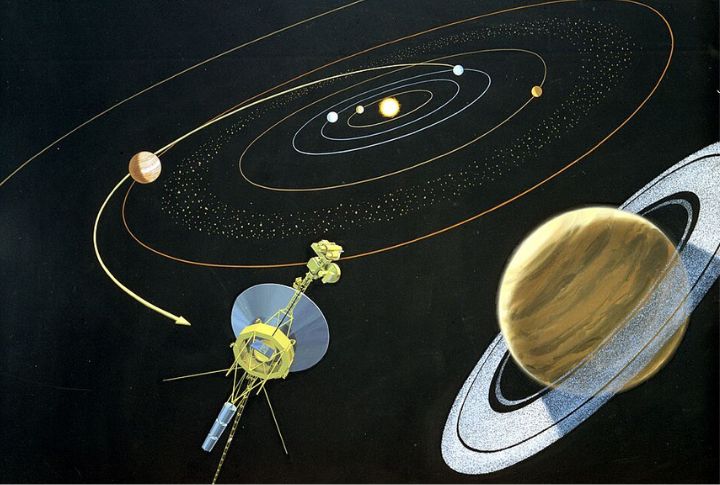
Voyager 1 captured historic photos of Jupiter and Saturn, including their moons. Its planetary tour ended, and it crossed the heliopause (the boundary where solar winds stop). That marked its official entry into deep space. In fact, it continues sending data using decades-old software and instruments.
Spilling Secrets Of Interstellar Space
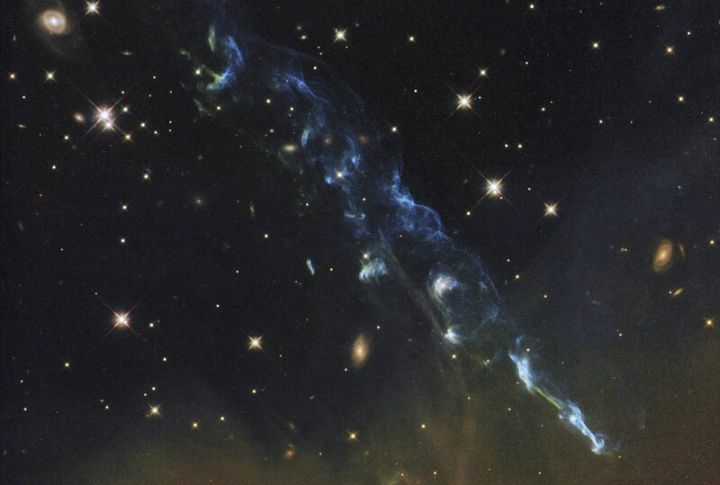
Data from Voyager 1 confirmed that interstellar space isn’t empty. It detected tiny charged particles and unfamiliar magnetic waves. The spacecraft also revealed that the edge of the solar system isn’t a simple line, and helped pinpoint where the Sun’s influence truly ends.
Communicating Across Time
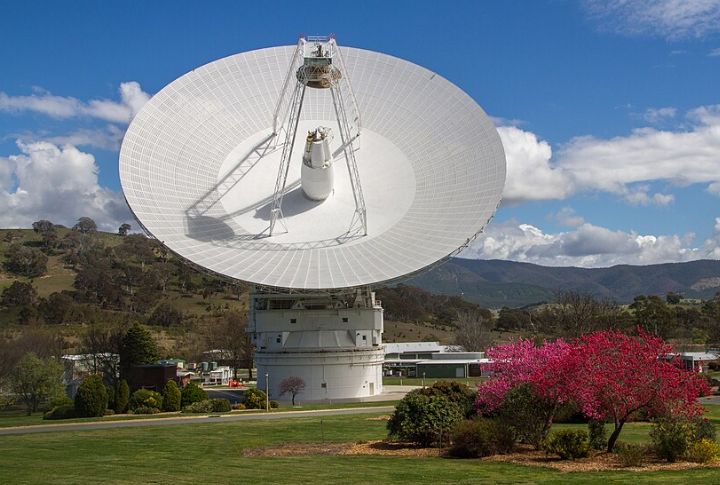
NASA communicates with Voyager through Earth-based antennas in the Deep Space Network. Sending a signal takes nearly 22 hours each way. Though the signal strength is incredibly faint, Voyager’s data still comes through, at a speed roughly equal to old dial-up internet.
Capturing The Pale Blue Dot

One of its most famous contributions is the “Pale Blue Dot” image, showing Earth as a small point in the vastness of space. Scientist Carl Sagan quoted about the image, “Look again at that dot. That’s here. That’s home. That’s us.” It challenged the way people viewed their place in the universe and became a lasting symbol of scientific reach.
Surviving The Cosmic Challenges
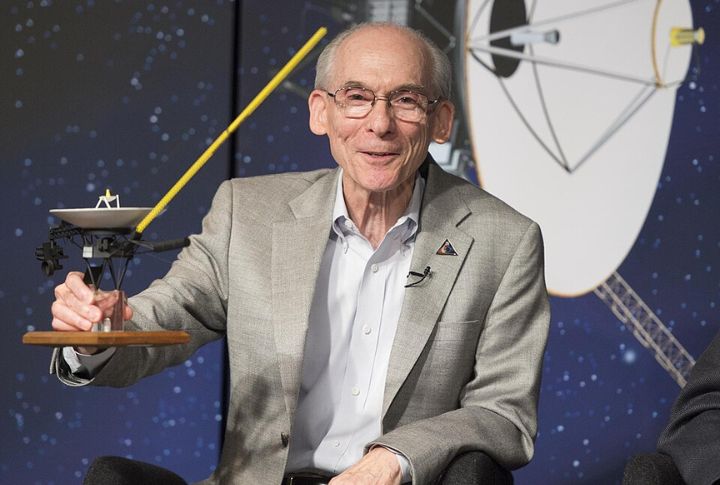
The spacecraft has endured nonstop exposure to space radiation and collisions with microscopic debris. It is still operating in a region with temperatures as low as -240°F. Despite aging systems and outdated hardware, it has stayed operational long after its original mission ended.
Voyager Making A Comeback

Voyager 1 began sending scrambled signals after 46 years in space. Engineers discovered a memory system problem and turned to backup thrusters that hadn’t been used since 2004. Those thrusters restored its orientation (Voyager’s direction in space), just before a critical antenna loss was expected.
Saving The Voyager
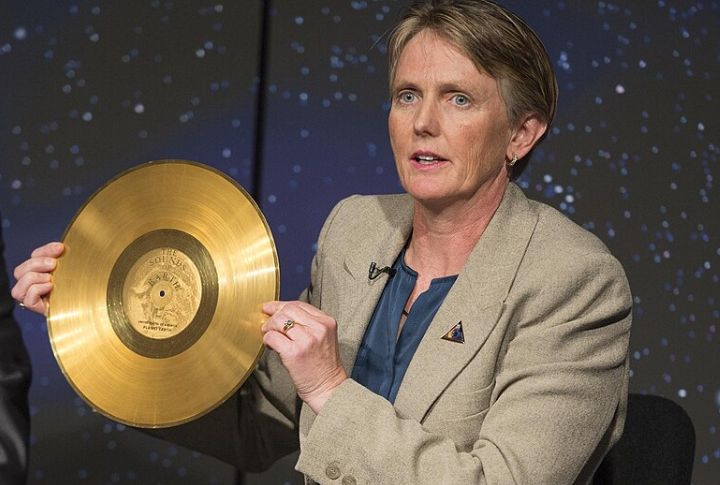
At NASA’s Jet Propulsion Lab, a team led by Suzanne Dodd developed and sent precise commands to restore function. Every instruction had to be perfect. Their effort allowed Voyager to remain oriented toward Earth and continue sending science data back home.
Working With Decades-Old Instruments

Several onboard instruments still gather information about deep space. These tools detect particles and space waves, using technology older than modern cell phones. They operate on limited power and continue to produce valuable data after nearly five decades of use.
Carrying Earth’s Legacy Into The Cosmos
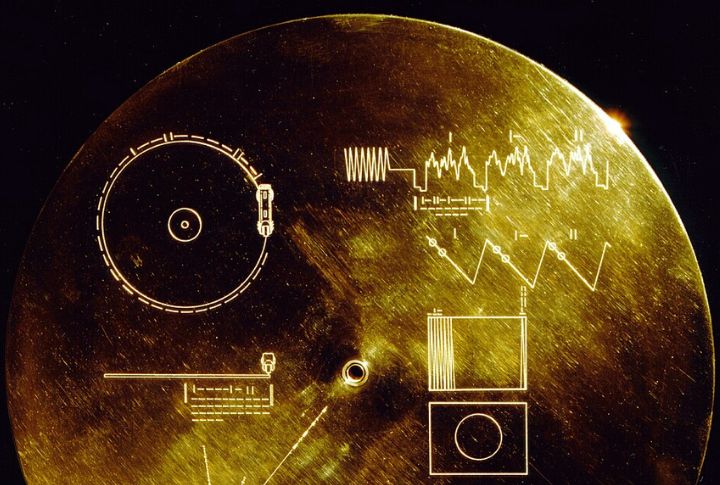
Voyager 1 is estimated to remain operational until around 2030. After that, it will continue drifting silently at a speed of 38,000 miles per hour. It carries a Golden Record, an audio-visual message from Earth designed to represent humanity, meant for any future intelligence that may find it.

